Discovering India: Journey with Elizabeth!
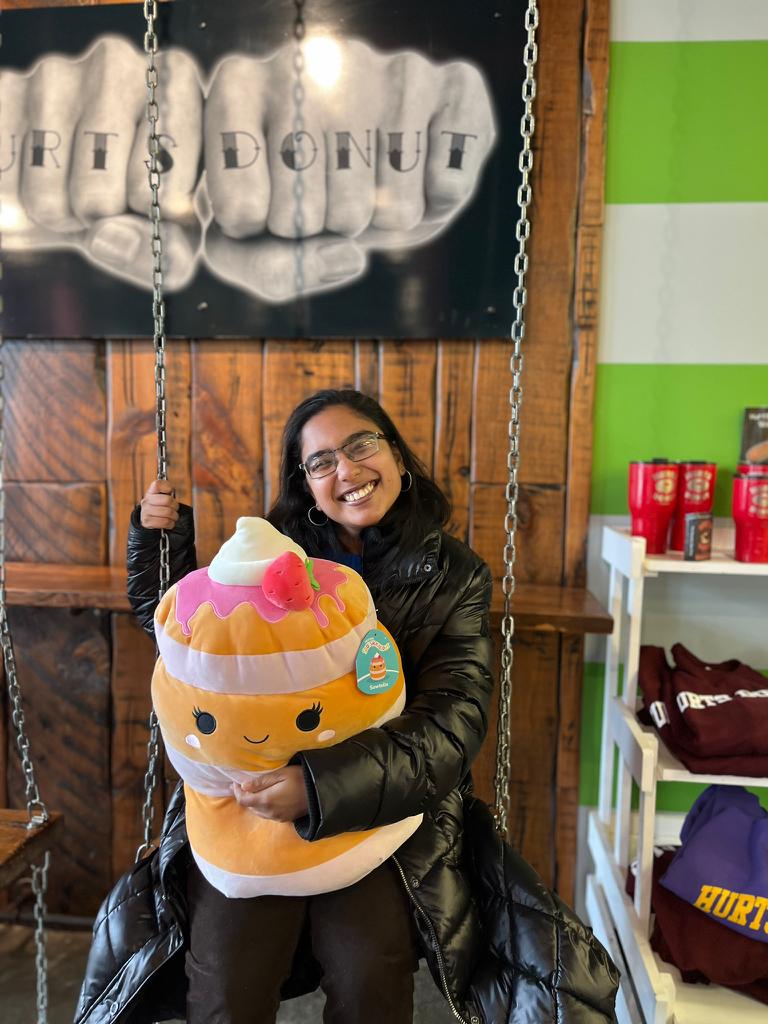
Let’s embark on a cultural journey to explore the vibrant tapestry of India. Join Elizabeth and me as we delve into the enchanting landscapes, culinary delights, traditional attire, and festive celebrations that make India truly unique.
Meet Elizabeth!
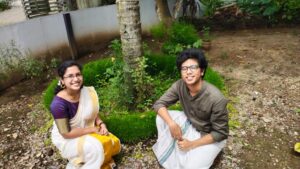
എല്ലാവർക്കും നമസ്ക്കാരം, എന്റെ പേര് എലിസബത്ത് ബേബി. ഞാൻ ഇന്ത്യയിലെ “ദൈവത്തിന്റെ സ്വന്തം നാട്” എന്ന് അറിയപ്പെടുന്ന കേരളത്തിൽ നിന്നും വരുന്നു. യൂണിവേഴ്സിറ്റി ഓഫ് നോർത്തേൺ അയോവയിൽ പോസ്റ്റ് സെക്കിന്ററി എഡ്യൂക്കേഷൻ: സ്റ്റുഡന്റ് ആഫെയിഴ്സിൽ ബിരുദാനന്തര ബിരുദം നേടുന്നു. ഉന്നത വിദ്യാഭ്യാസ മേഖലയിൽ പ്രവർത്തിക്കുന്നതും വിദ്യാർത്ഥികളെ അവരുടെ അകാഡെമിക്, പ്രൊഫഷണൽ തലങ്ങളിൽ കഴിയുന്ന വിധത്തിൽ സഹായിക്കുക എന്നതും എനിക്ക് എന്നും സന്തോഷം നൽകിയിരുന്നു കാര്യമാണ്. എനിക്ക് ഒരുപാട് ഇഷ്ടമുള്ള ഈ മേഖലയെക്കുറിച്ച് പഠിക്കാനും അതിൽ പ്രവർത്തിക്കാനും സാധിച്ചത് വളരെ ഭാഗ്യമായി ഞാൻ കരുതുന്നു.
Hello everyone. My name is Elizabeth Baby and I come from the state of Kerala, India which is also known as “God’s own country”. I am a graduate student pursuing my Masters in Post Secondary Education: Student Affairs. I have always loved working in higher education, helping students navigate their academic and professional life and I consider myself fortunate to be at UNI learning and doing what I love the most.
Elizabeth Mavarayil – Graduate Student
More about Elizabeth…
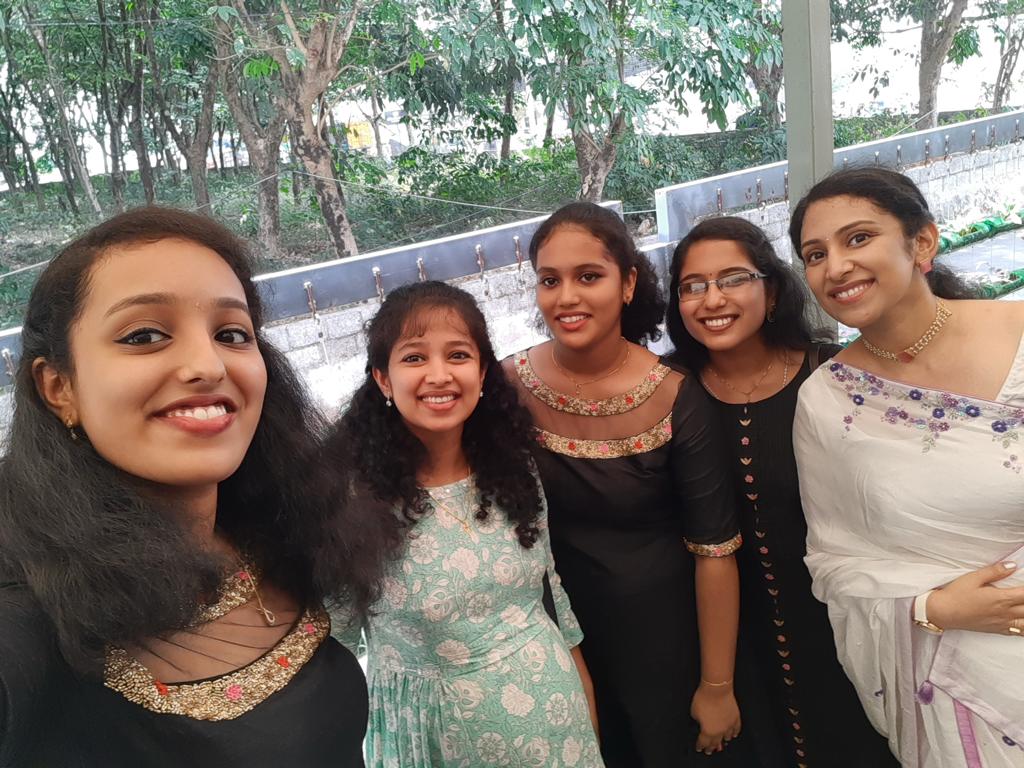

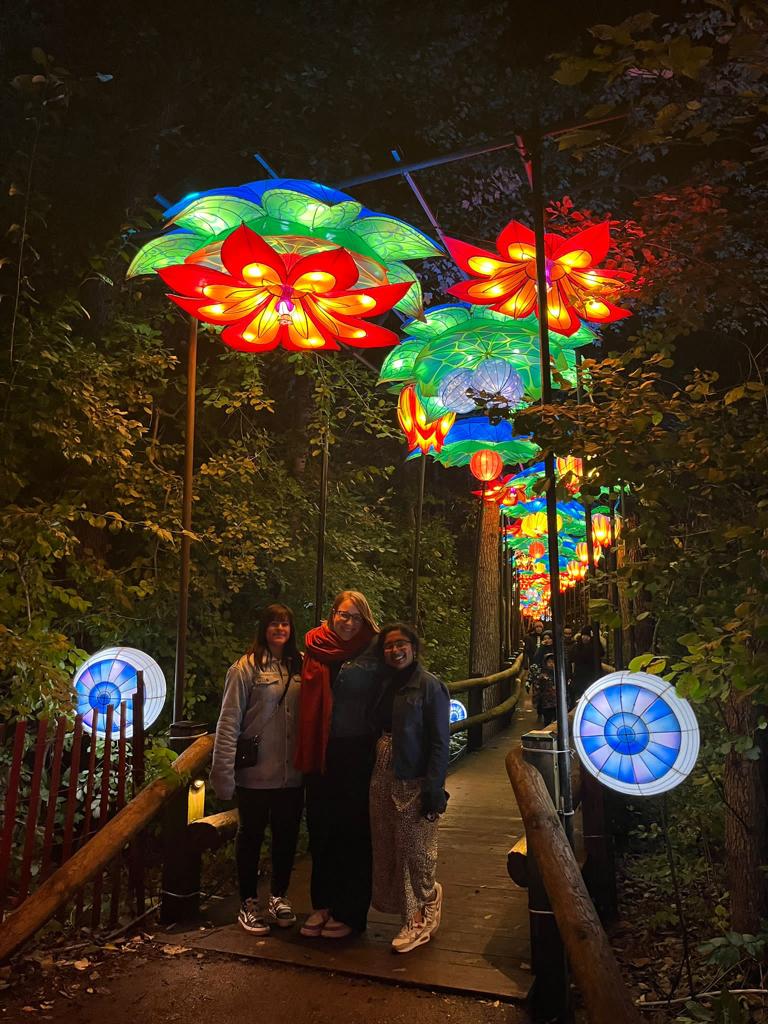
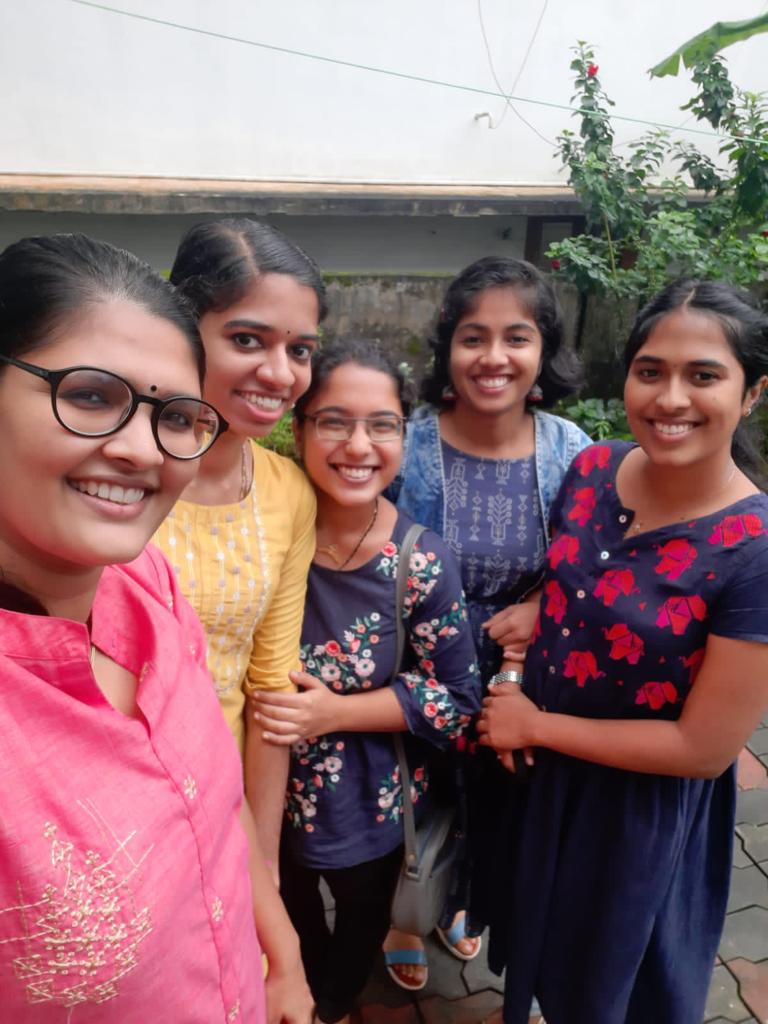


Where is India located?
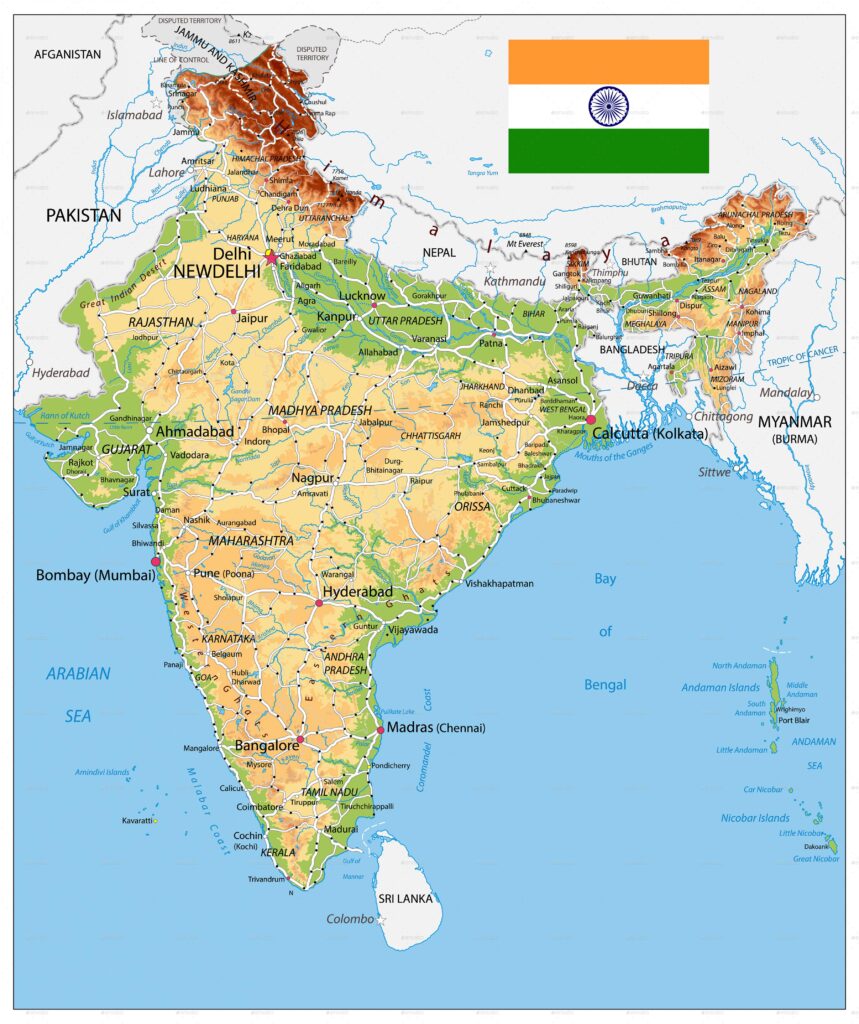
In South Asia, India borders Pakistan to the northwest, China and Nepal to the north, Bhutan to the northeast, and Bangladesh and Myanmar to the east. The Indian Ocean bounds it to the south. India is the seventh-largest country in the world by land area and the second-most populous country, after China. The capital city of India is New Delhi.
Places to visit in India
India is a diverse and culturally rich country with a wide range of places to visit. Here are some popular destinations that showcase the country’s vibrant culture, history, and natural beauty:
- Taj Mahal, Agra, Uttar Pradesh: One of the Seven Wonders of the World, the Taj Mahal is a breathtaking marble mausoleum built by Emperor Shah Jahan in memory of his wife Mumtaz Mahal.
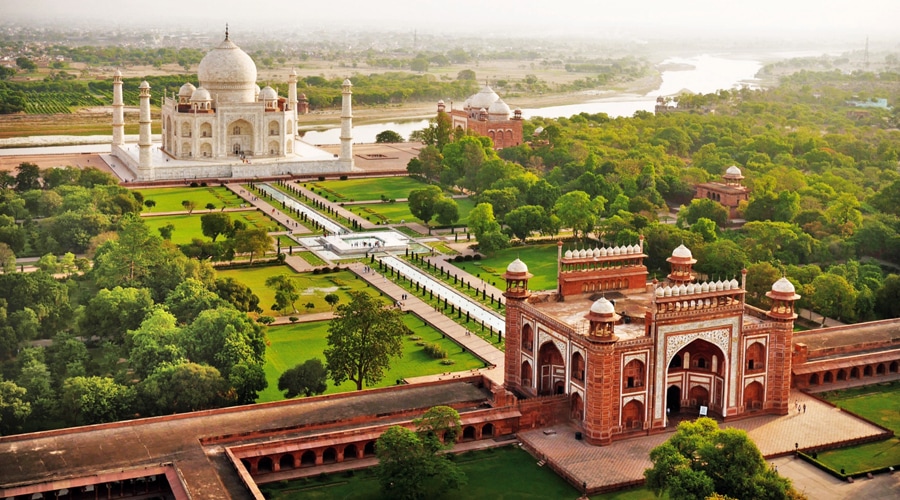
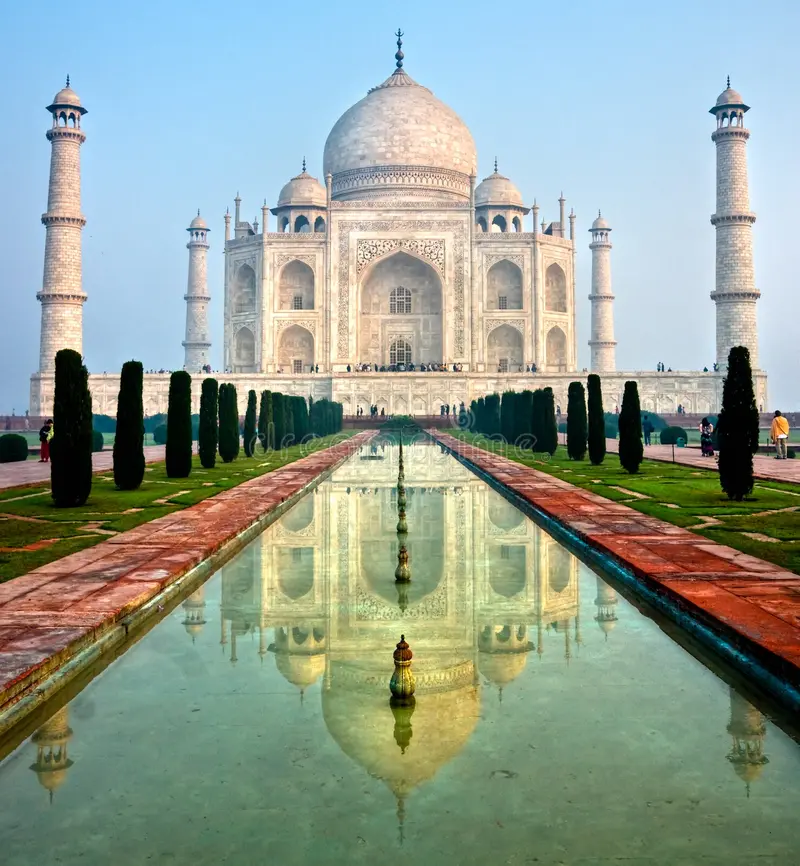
- Jaipur, Rajasthan: Known as the “Pink City,” Jaipur is famous for its historic forts, palaces, and vibrant markets. Hawa Mahal, City Palace, and Amer Fort are must-visit attractions.
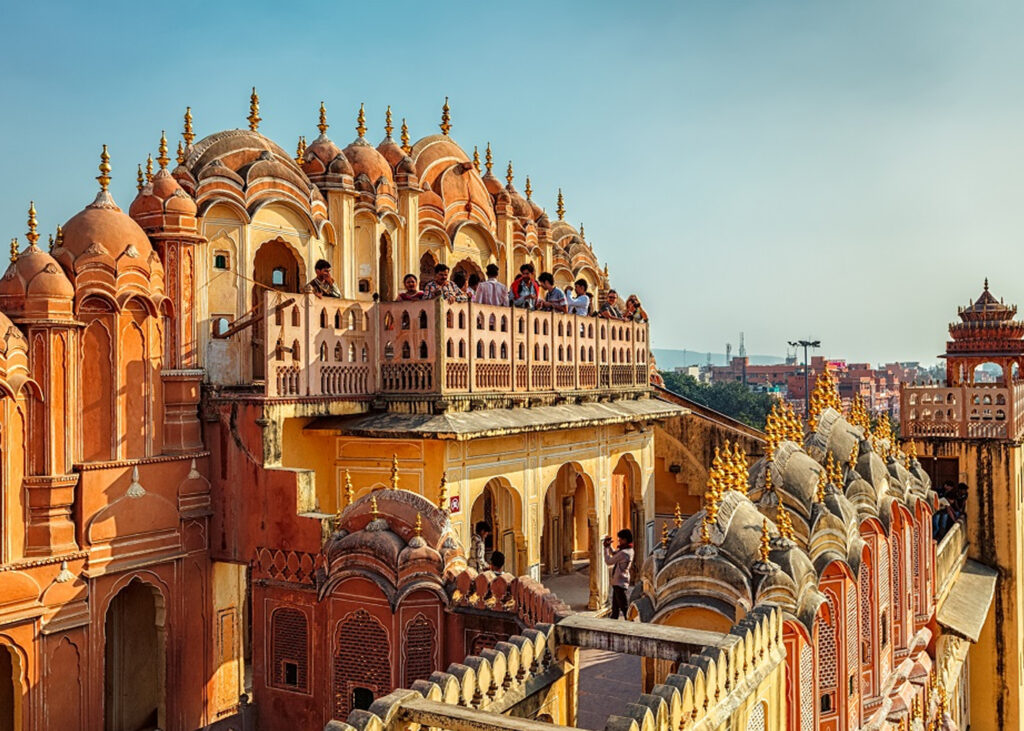
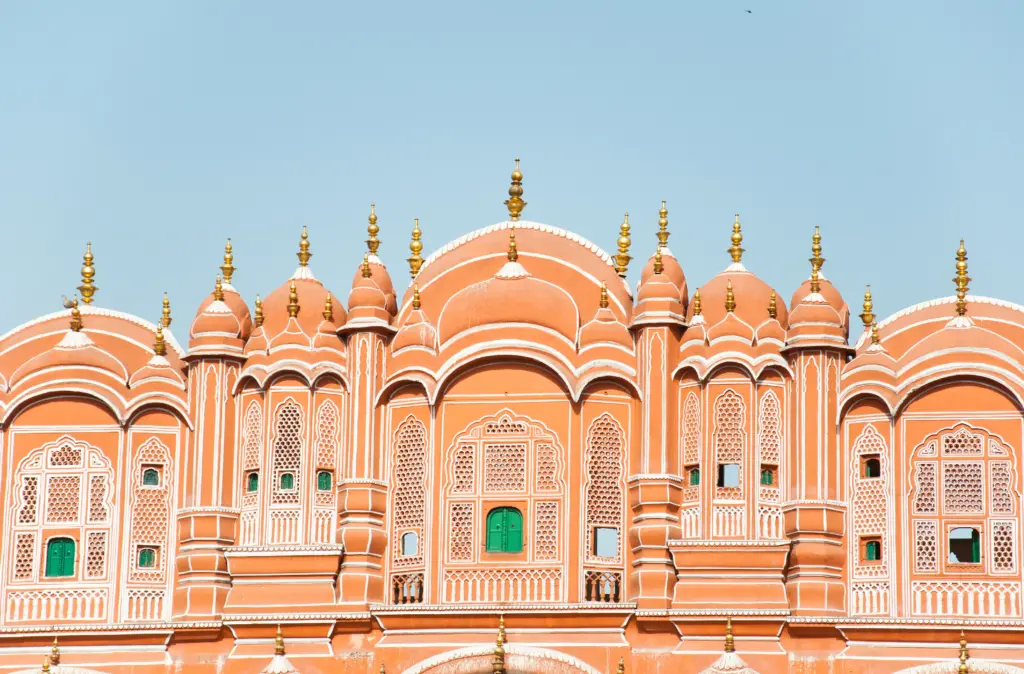
- Varanasi, Uttar Pradesh: One of the oldest continually inhabited cities in the world, Varanasi is a spiritual and cultural hub situated on the banks of the Ganges River. The ghats, temples, and narrow winding streets are iconic.
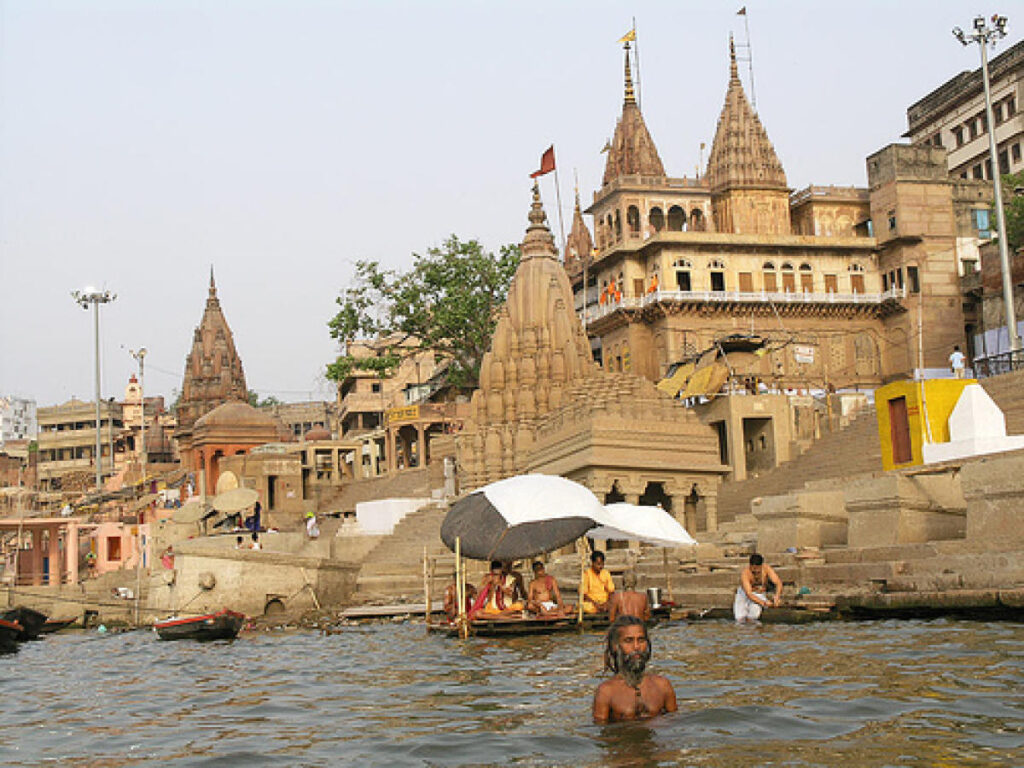
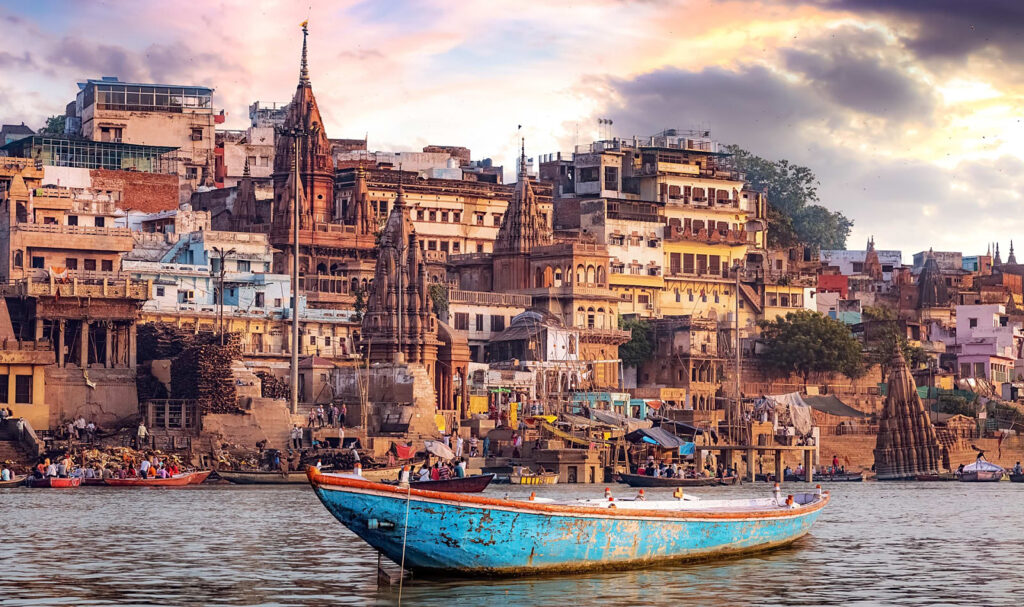
- Rishikesh and Haridwar, Uttarakhand: These twin towns on the Ganges River are known for their spiritual significance, yoga retreats, and the Ganga Aarti ceremony. Furthermore, Rishikesh serves as a gateway to the Himalayas.
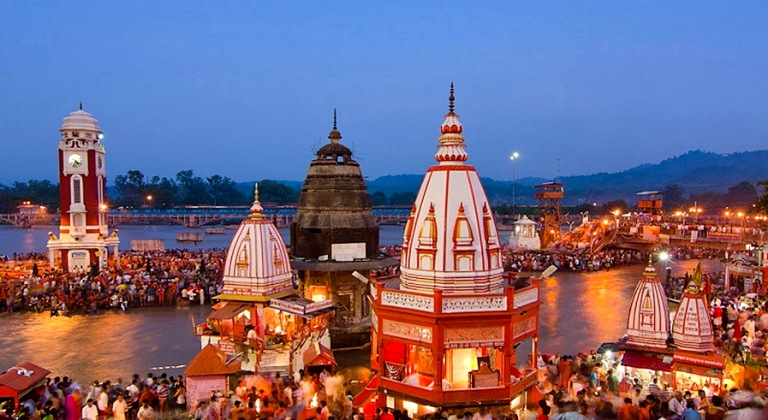
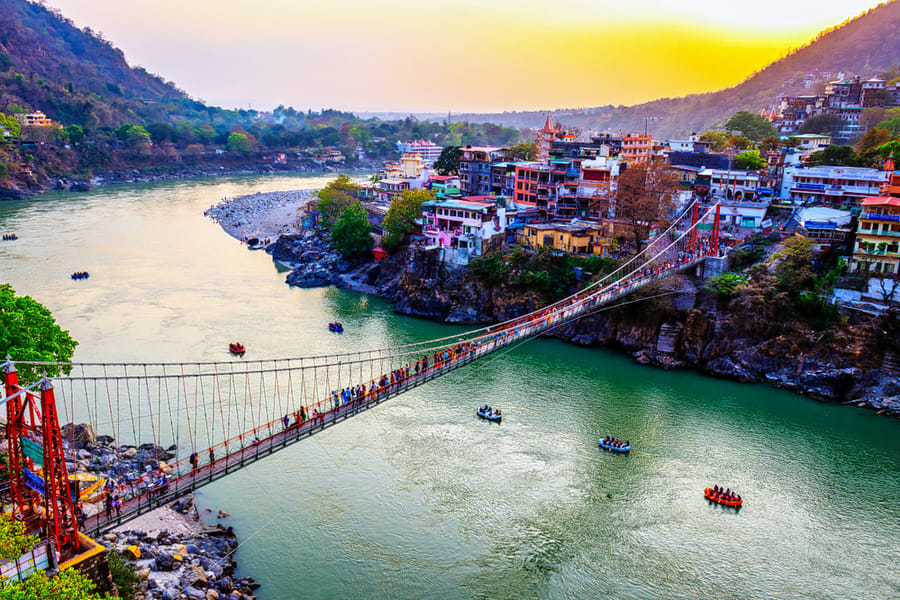
- Delhi: The capital city has a rich history with landmarks like India Gate, Qutub Minar, and Humayun’s Tomb. Moreover, Old Delhi’s chaotic markets and the Mughal-era Red Fort are also major attractions.
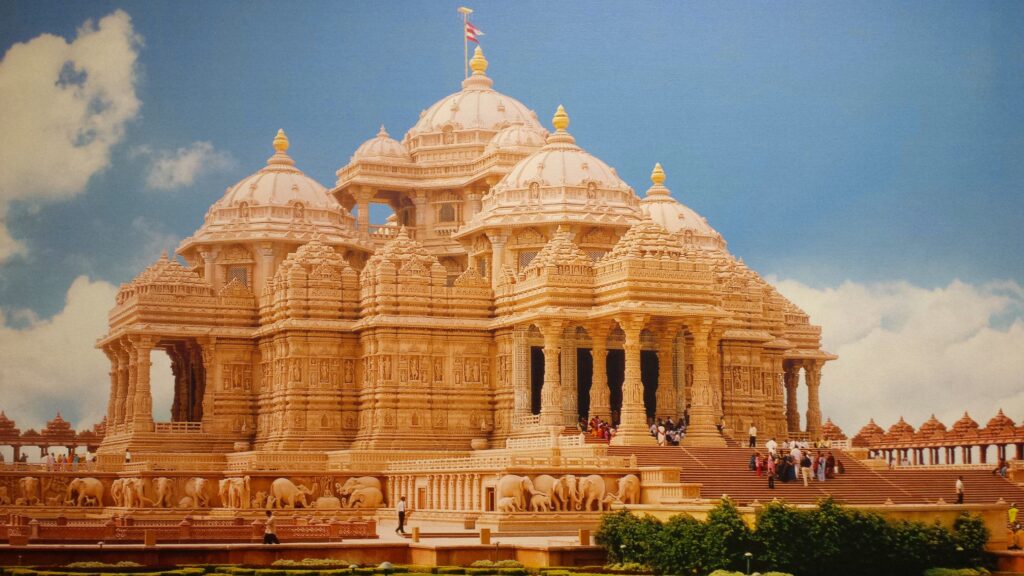
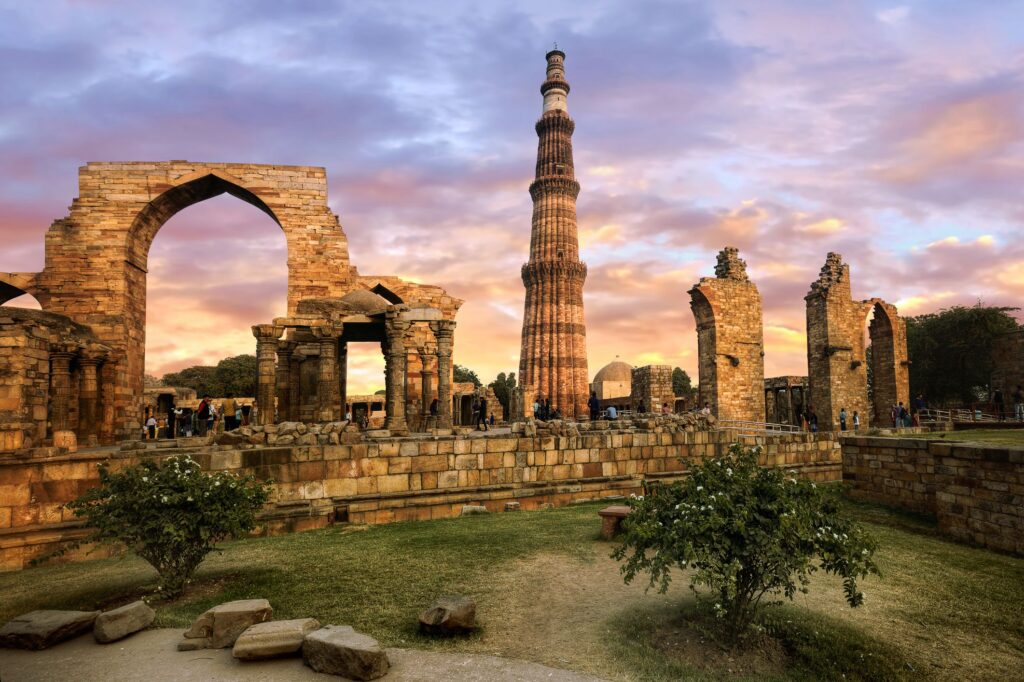
- Leh-Ladakh, Jammu and Kashmir: Known for its stunning landscapes, monasteries, and high-altitude deserts, Leh-Ladakh is a haven for adventure enthusiasts and nature lovers.
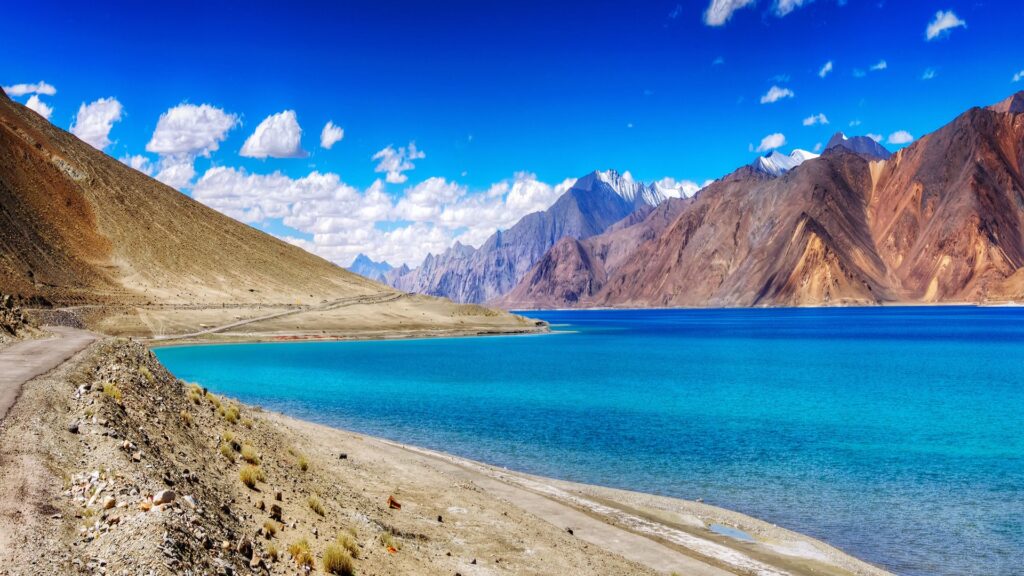
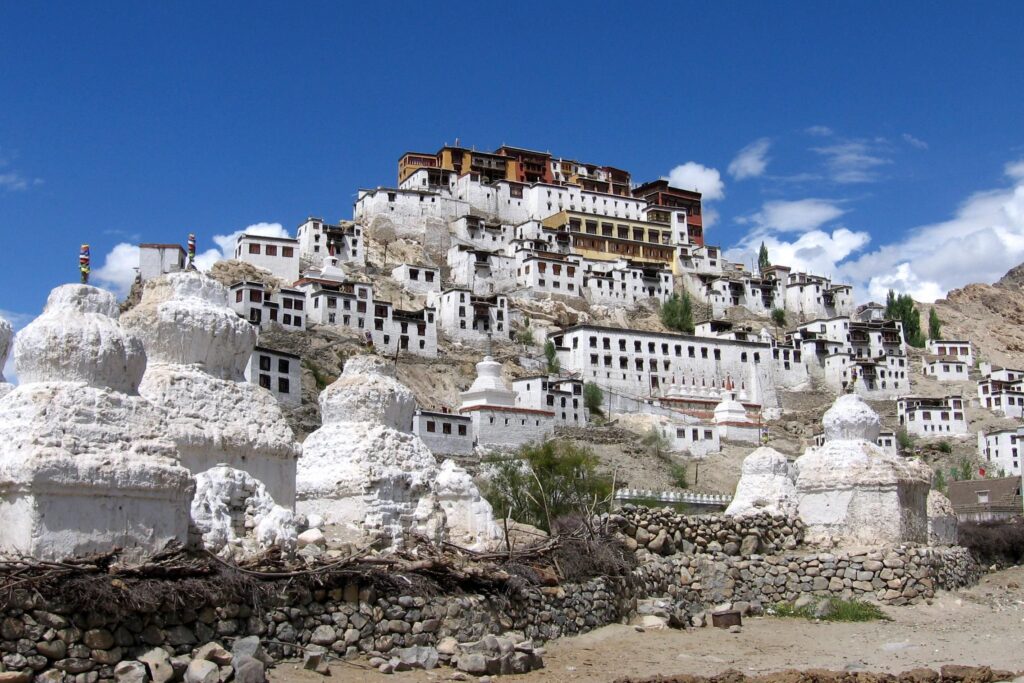
- Khajuraho, Madhya Pradesh: Famous for its intricately carved temples, Khajuraho is a UNESCO World Heritage Site and offers a glimpse into India’s medieval art and architecture.
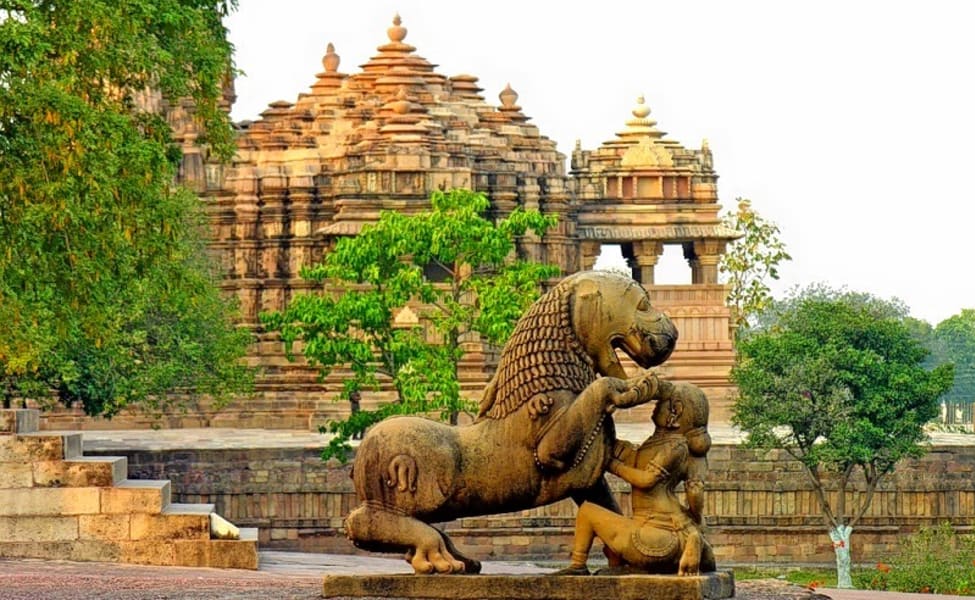

- Ajanta and Ellora Caves, Maharashtra: These UNESCO World Heritage Sites house ancient rock-cut caves with exquisite sculptures and paintings, showcasing the rich cultural heritage of India.
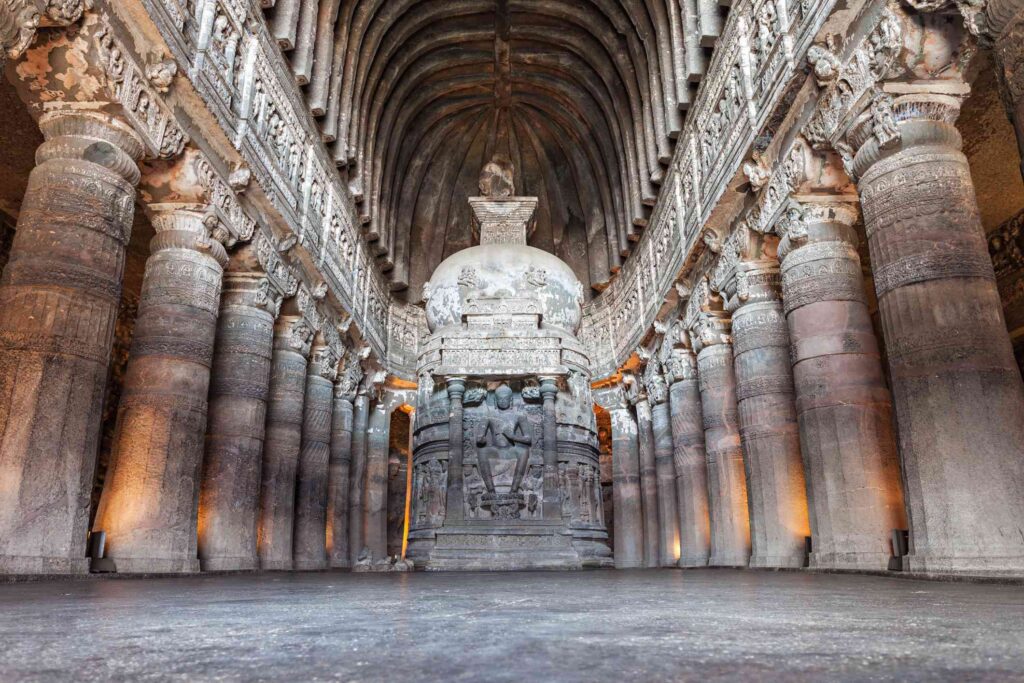
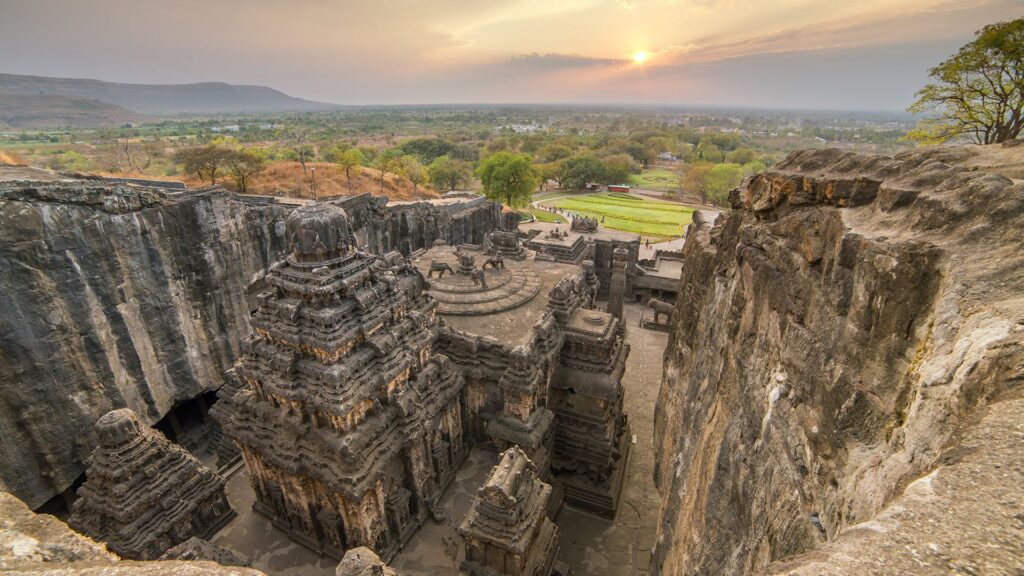
- Rajasthan’s Forts and Palaces: Apart from Jaipur, cities like Jodhpur, Udaipur, and Jaisalmer are known for their majestic forts, palaces, and vibrant culture.
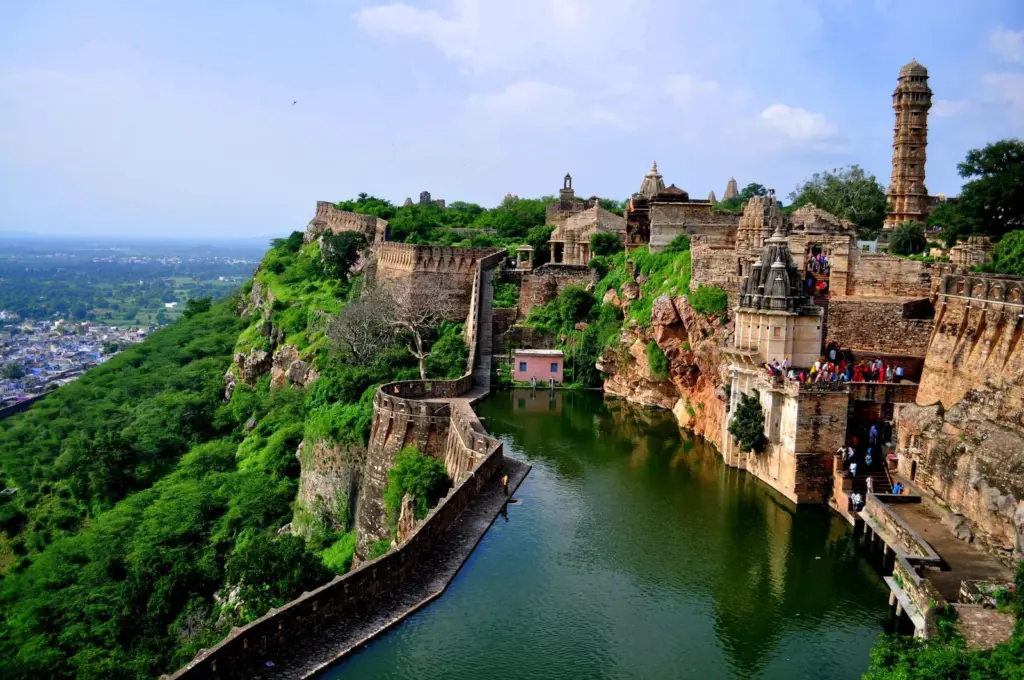
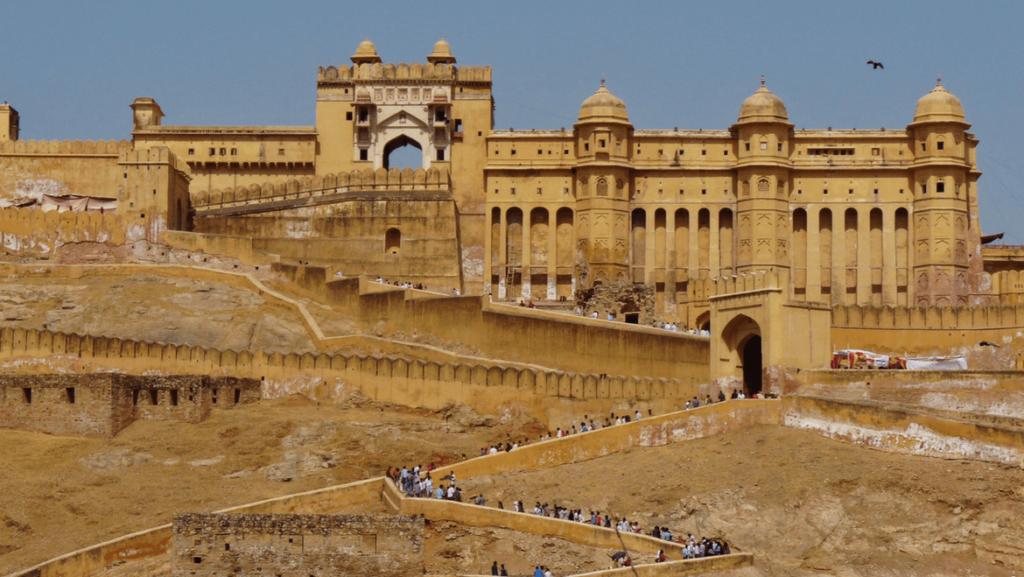
India’s traditional food
Indian cuisine is incredibly diverse, reflecting the country’s rich cultural and regional variations. Here are some traditional Indian dishes that are popular across the country:
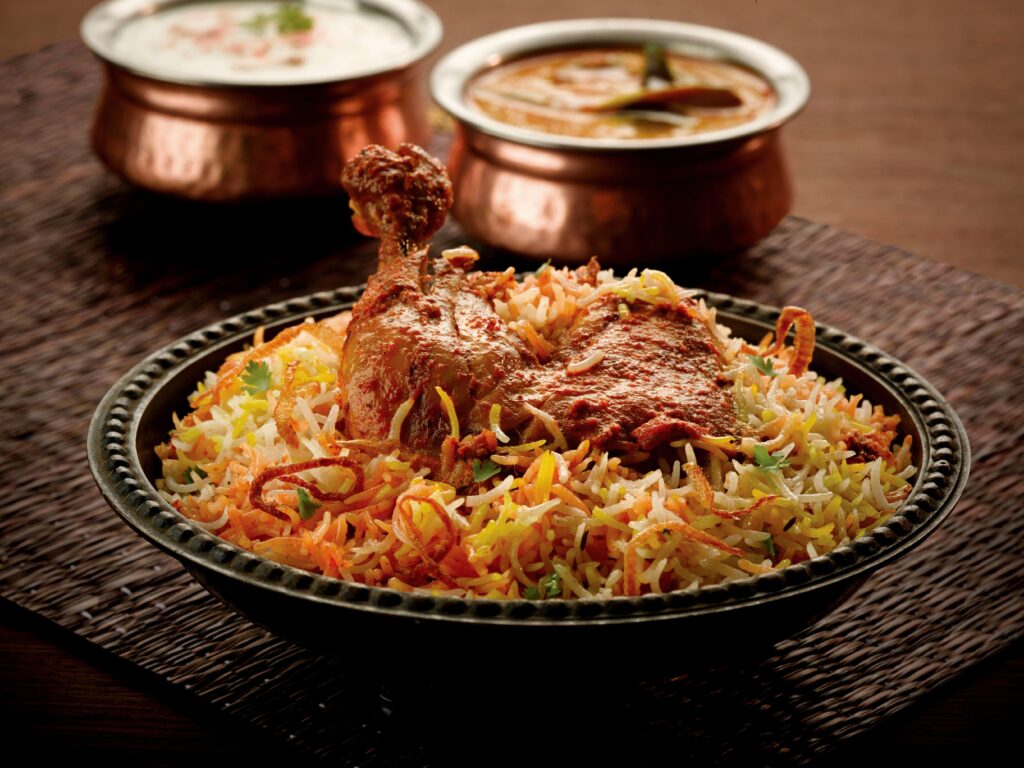
Biryani: A fragrant and flavorful rice dish cooked with aromatic spices, basmati rice, and meat (often chicken, mutton, or fish) or vegetables. Each region has its own variation of biryani.
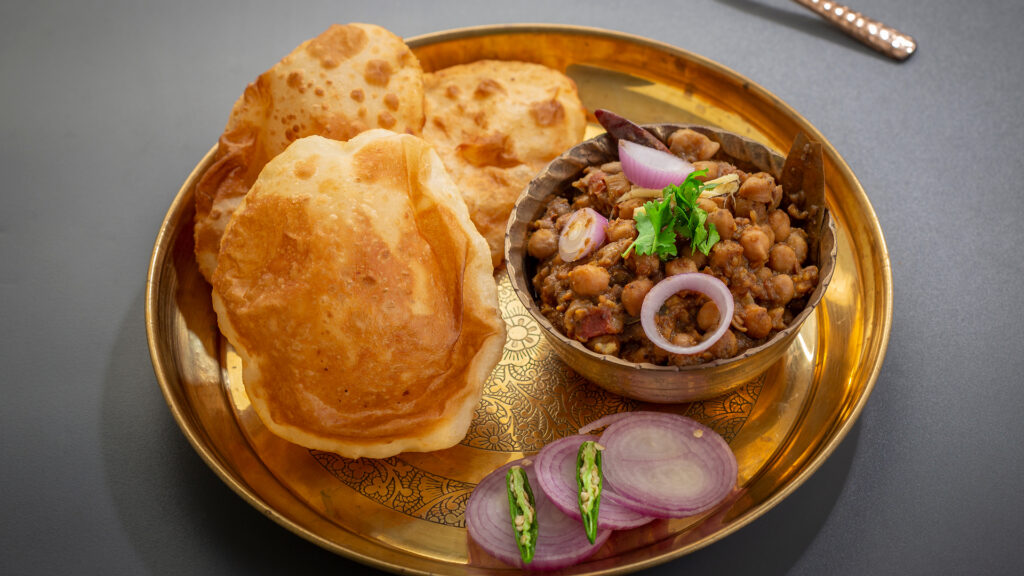
Chole Bhature: A popular North Indian dish, chole bhature consists of spicy chickpeas (chole) served with deep-fried bread (bhature).
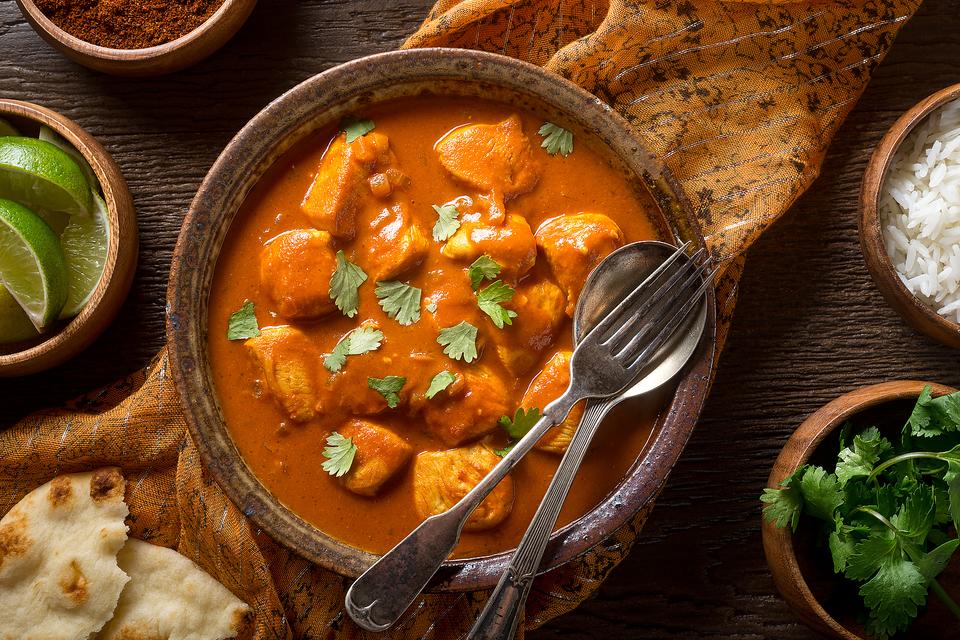
Butter Chicken (Murgh Makhani): A creamy and mildly spiced curry made with tender pieces of chicken, butter chicken is a favorite in many parts of India.

Masala Dosa: A South Indian specialty, masala dosa is a thin, crispy rice crepe filled with a spiced potato mixture. One commonly serves it with coconut chutney and sambar (a lentil-based vegetable stew).
Traditional Costumes in India
Owing to its rich cultural diversity, India boasts a wide variety of traditional costumes across different regions. Here are some traditional costumes from various parts of India:
- Sari (Saree): The sari is a traditional attire for women in India. A long piece of fabric, typically around 6 to 9 yards, is elegantly draped around the body. The style of draping varies across regions.
- Salwar Kameez: It consists of loose-fitting trousers (salwar), a tunic-style top (kameez), and a matching scarf or shawl (dupatta).
- Lehenga Choli, frequently worn during weddings and festivals, comprises a long, flared skirt (lehenga), a fitted blouse (choli), and a matching dupatta. Moreover, this traditional ensemble is a symbol of elegance and festivity in Indian culture.
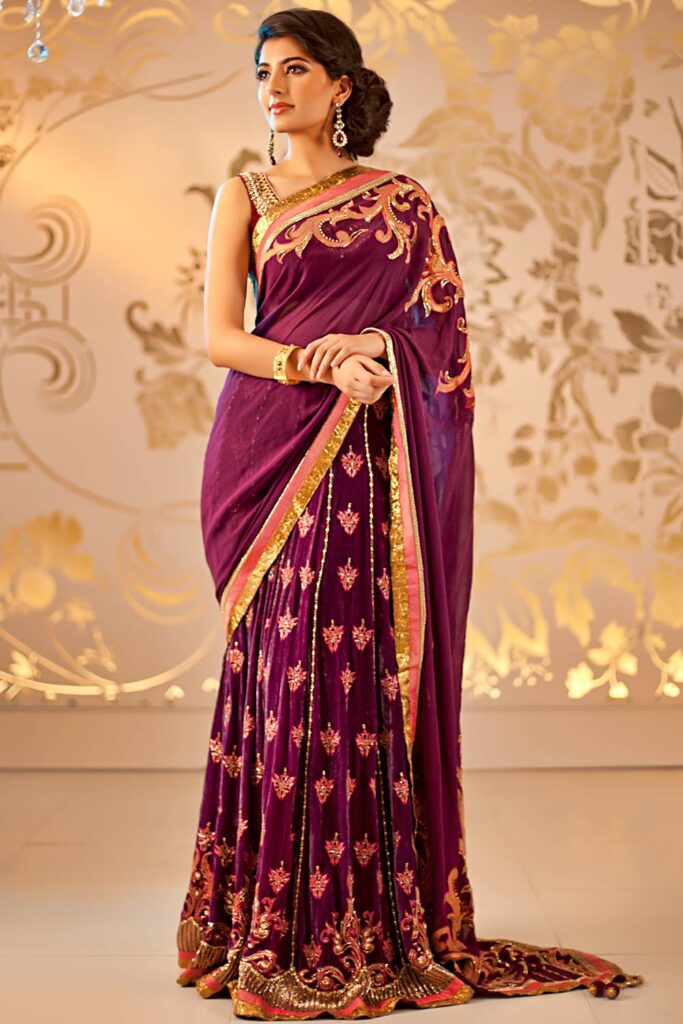
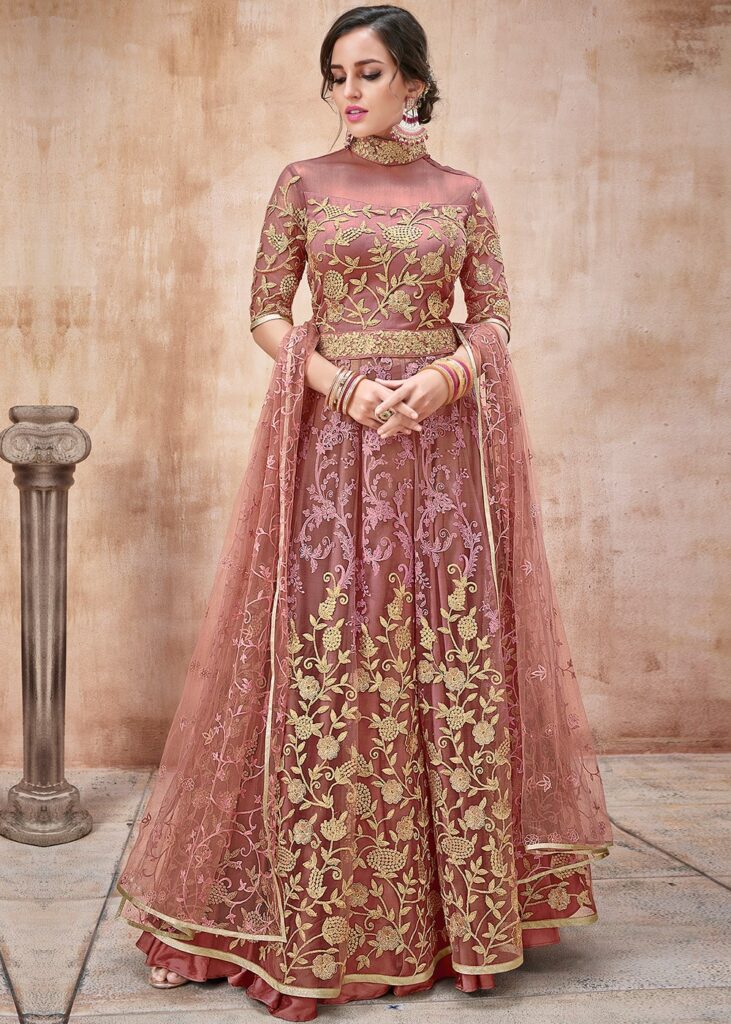
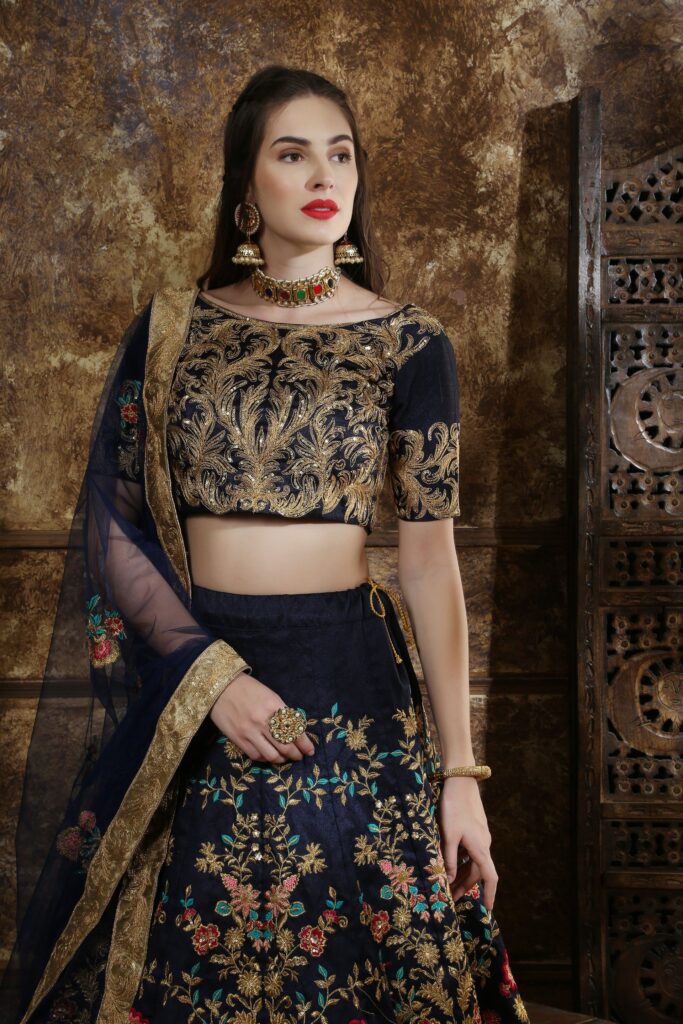
Sari (Saree)Salwar KameezLehenga Choli
- Men often wear a Bandhgala, a formal jacket with a high neck, paired with a kurta or shirt and trousers.
- Dhoti: The dhoti is a traditional garment for men, especially in South India. One wraps a piece of cloth around the waist and legs.
- Kurta Pajama: A common traditional outfit for men, the kurta is a loose-fitting shirt, and the pajama is a type of trousers. A dupatta or shawl is frequently paired with it.
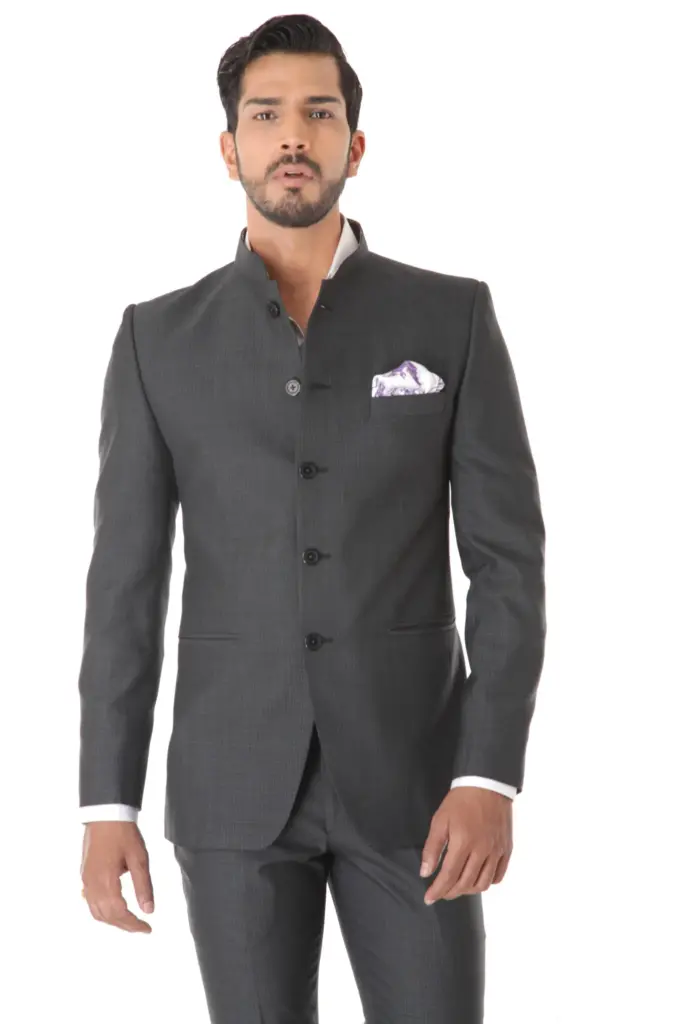
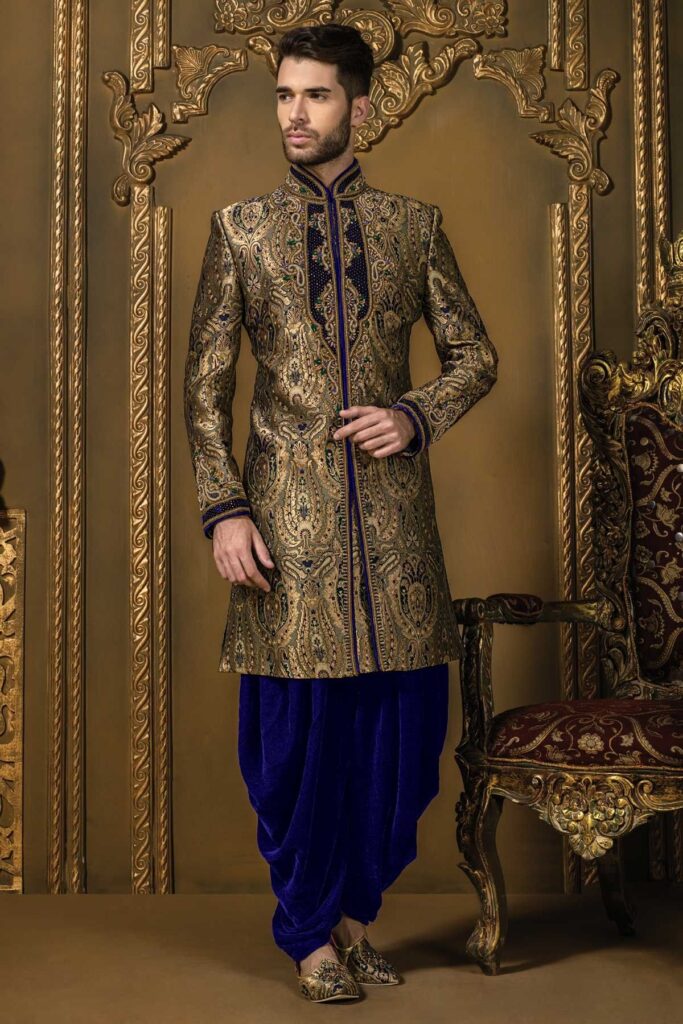
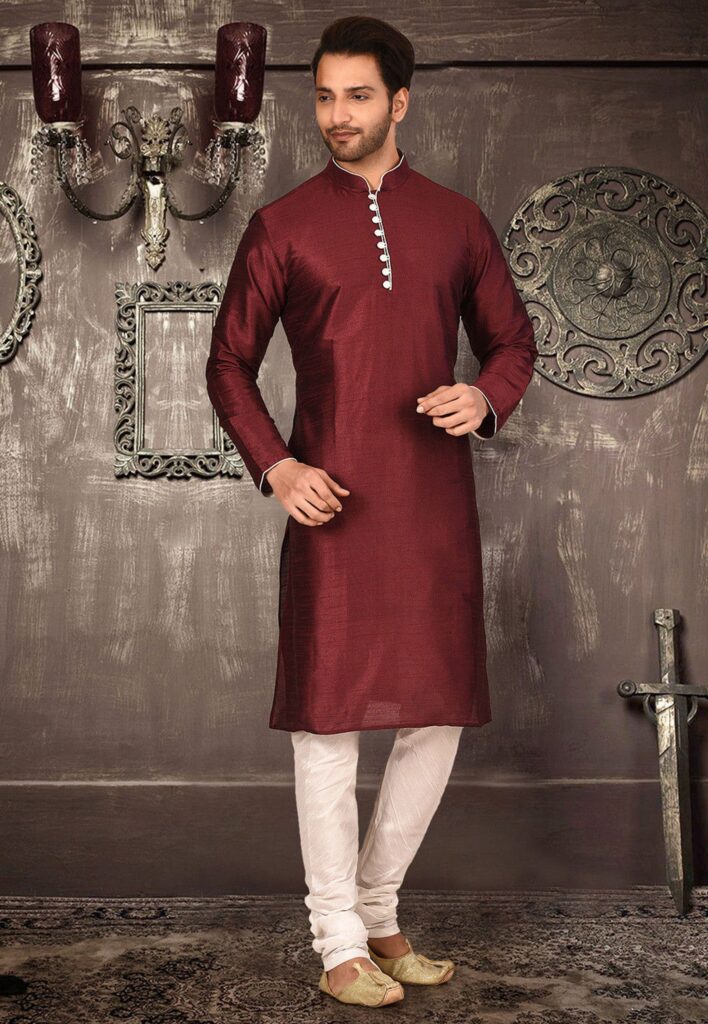
Festivals in India
Its vibrant and diverse festivals, celebrated with enthusiasm and grandeur, contribute to India’s renown.Here are some of the major festivals in India:
Diwali, known as the Festival of Lights, ranks among the most widely celebrated festivals in India. It marks the victory of light over darkness and good over evil. People light lamps, burst fireworks, and exchange sweets and gifts.
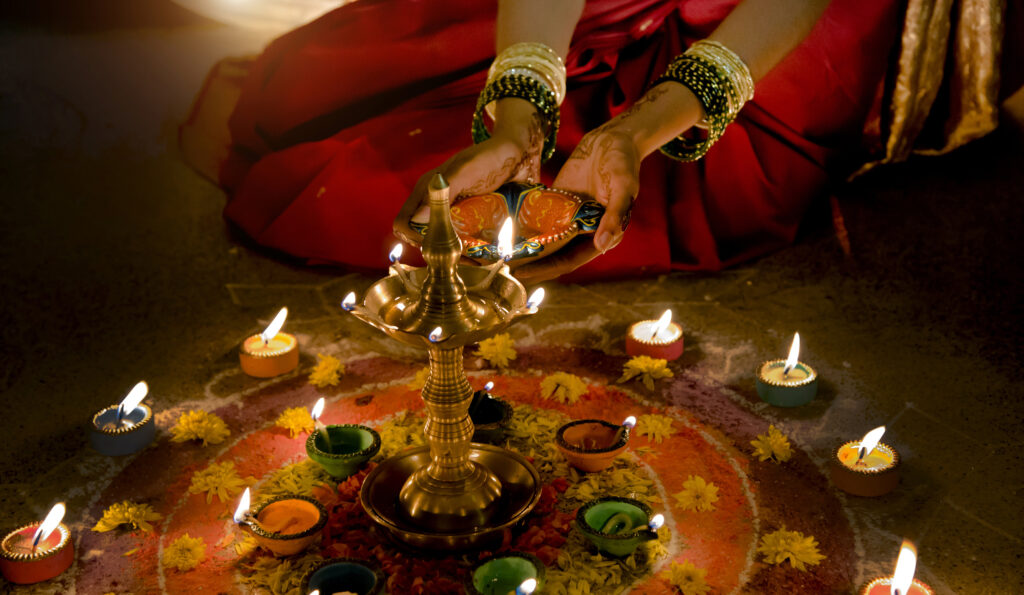
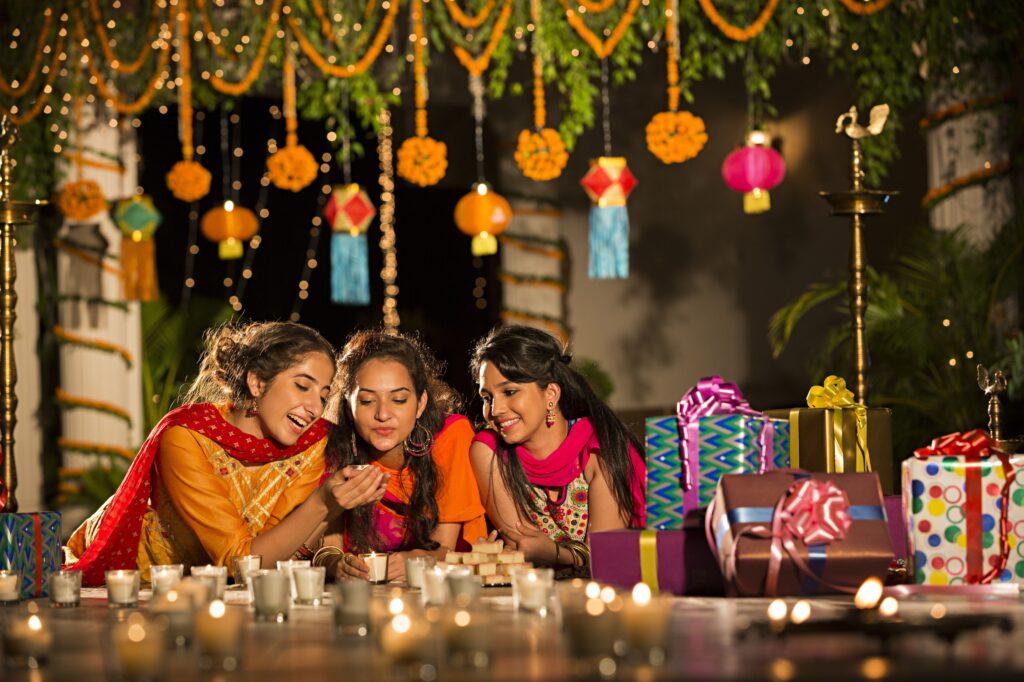
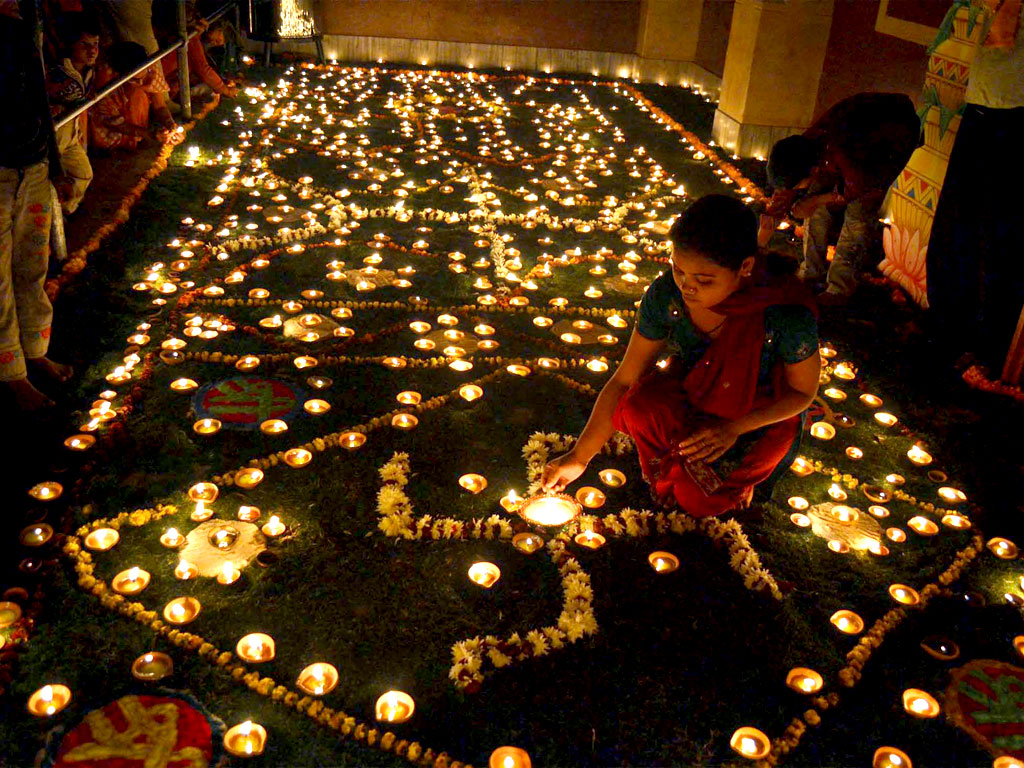
Holi: Often referred to as the Festival of Colors, Holi marks the arrival of spring. People celebrate by throwing colored powders and water at each other, singing and dancing. It’s a joyful and lively celebration.
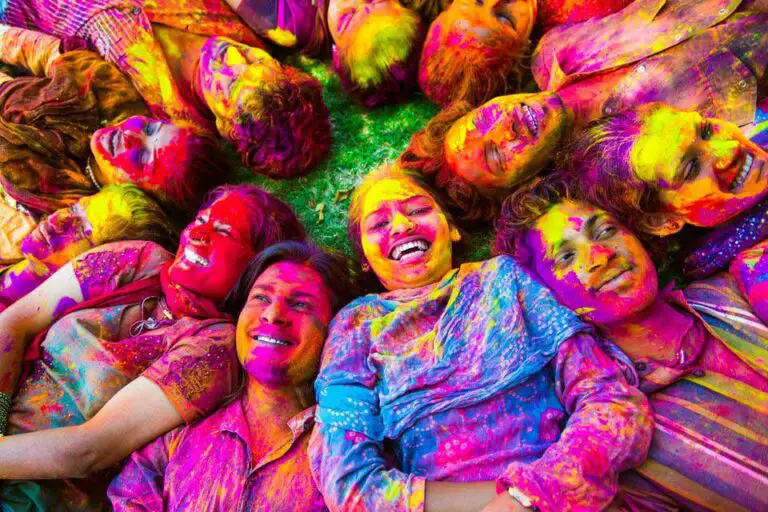

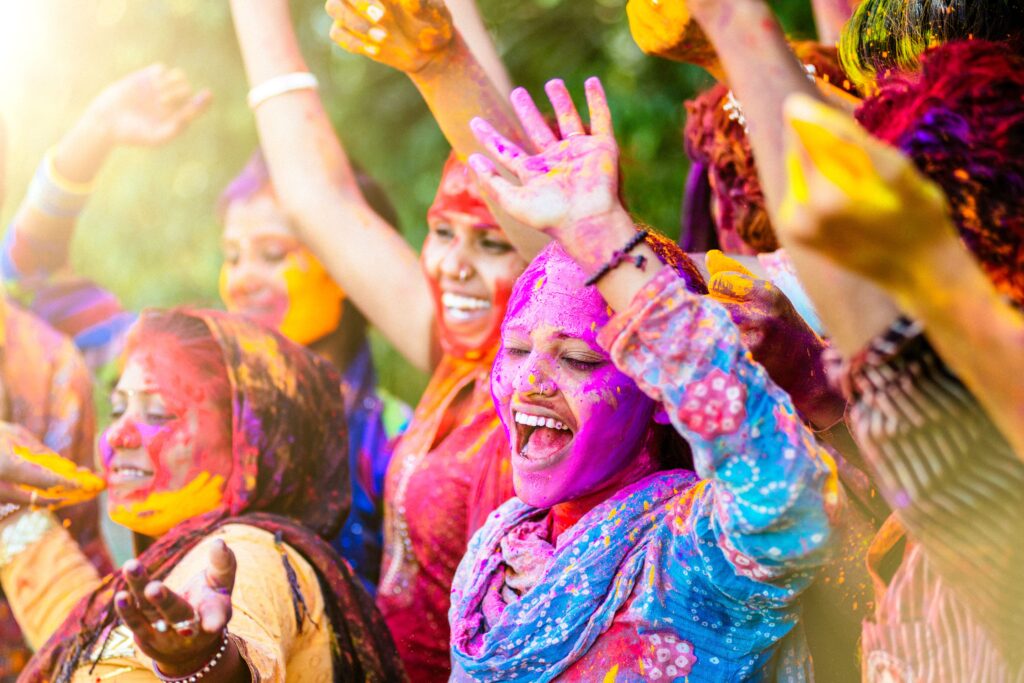
Eid al-Fitr: Celebrated by Muslims across India, Eid al-Fitr marks the end of Ramadan, the holy month of fasting. It is a time for prayers, feasts, and giving to charity.
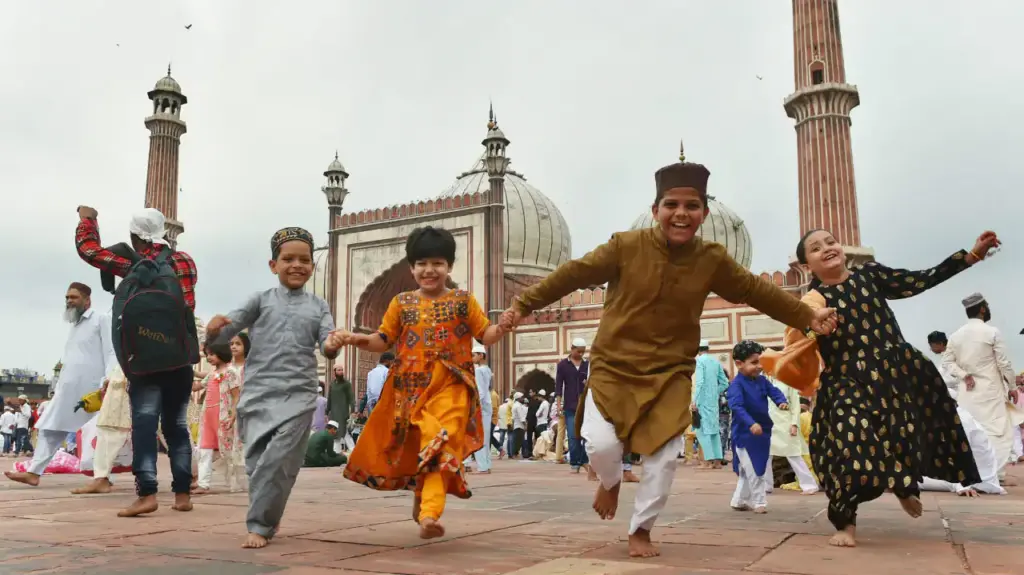
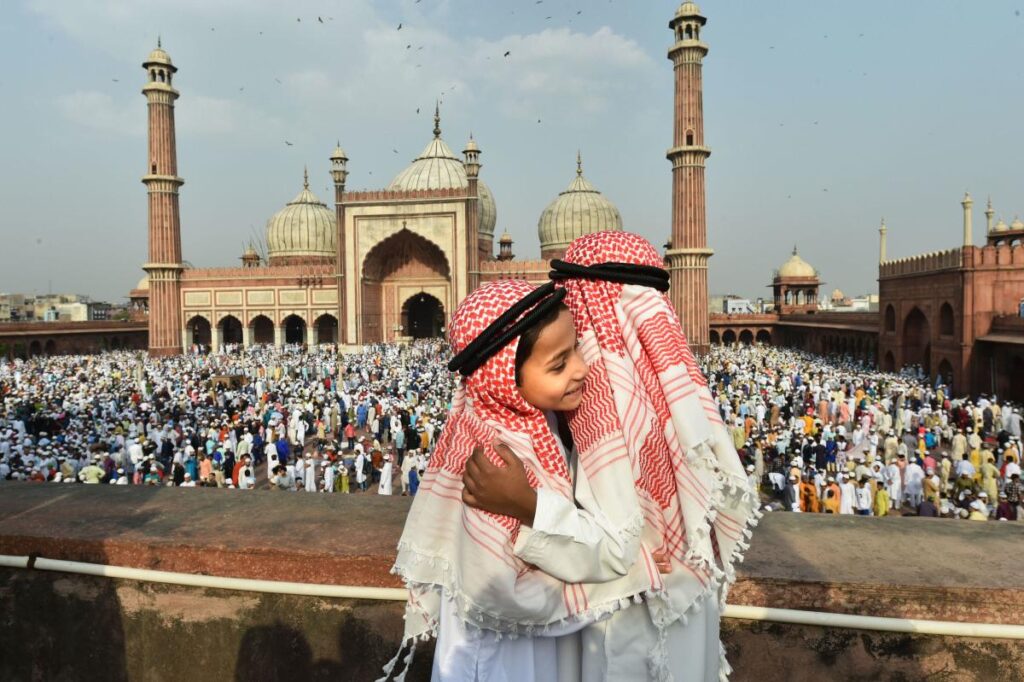
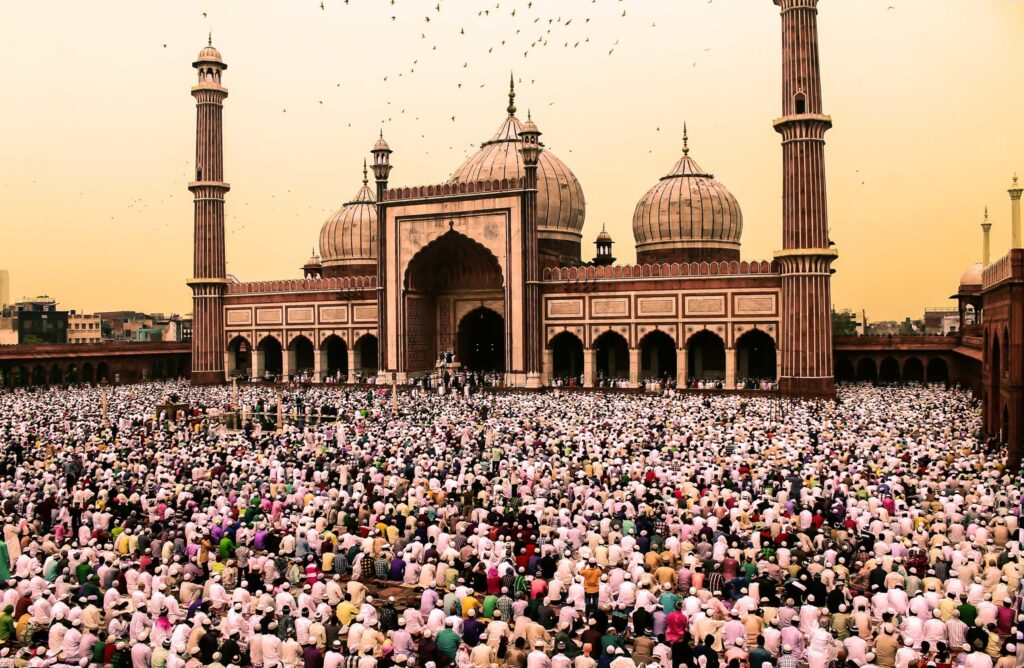
Navratri, a nine-night festival, dedicates itself to the worship of the goddess Durga.In some regions, especially West Bengal, it culminates in Durga Puja, a festival that celebrates the victory of goddess Durga over the demon Mahishasura.
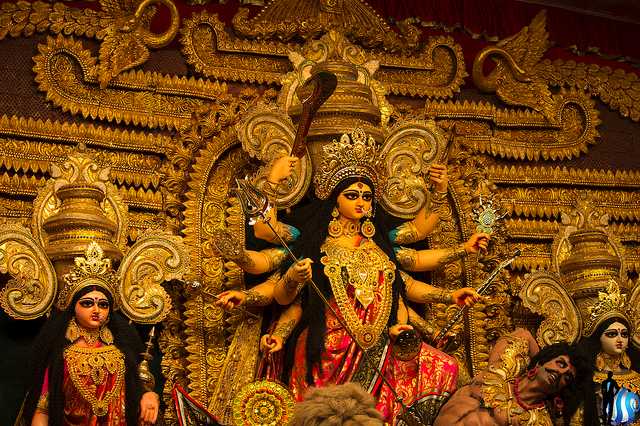
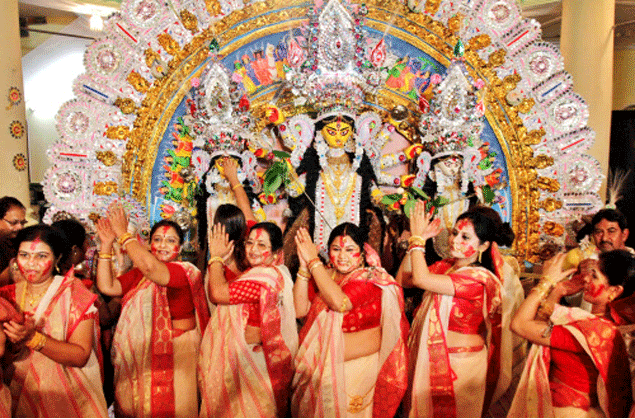
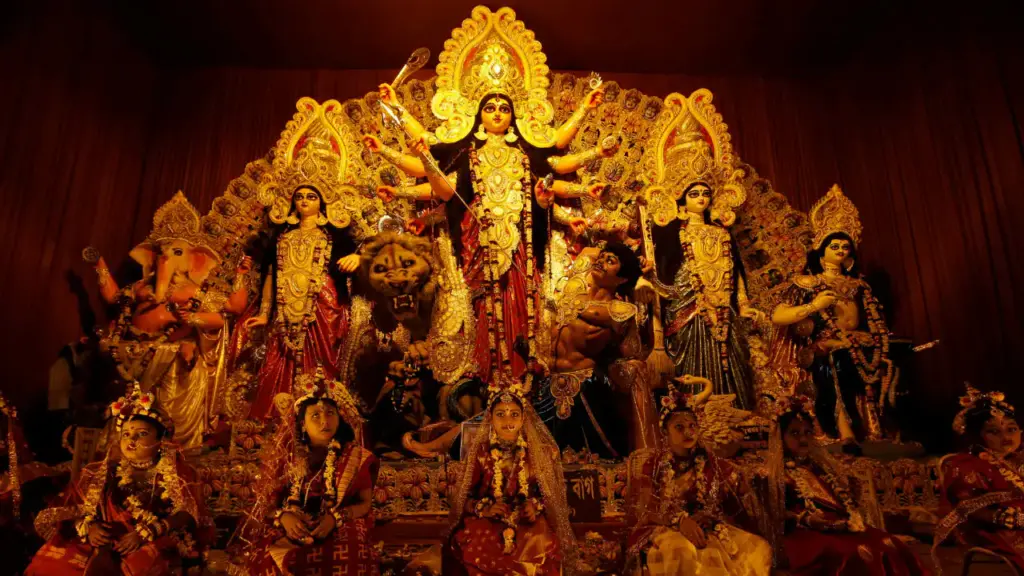
Lohri: Celebrated primarily in Punjab, Lohri marks the winter solstice. People light bonfires, singing and dancing around them, celebrating the warmth of the season.

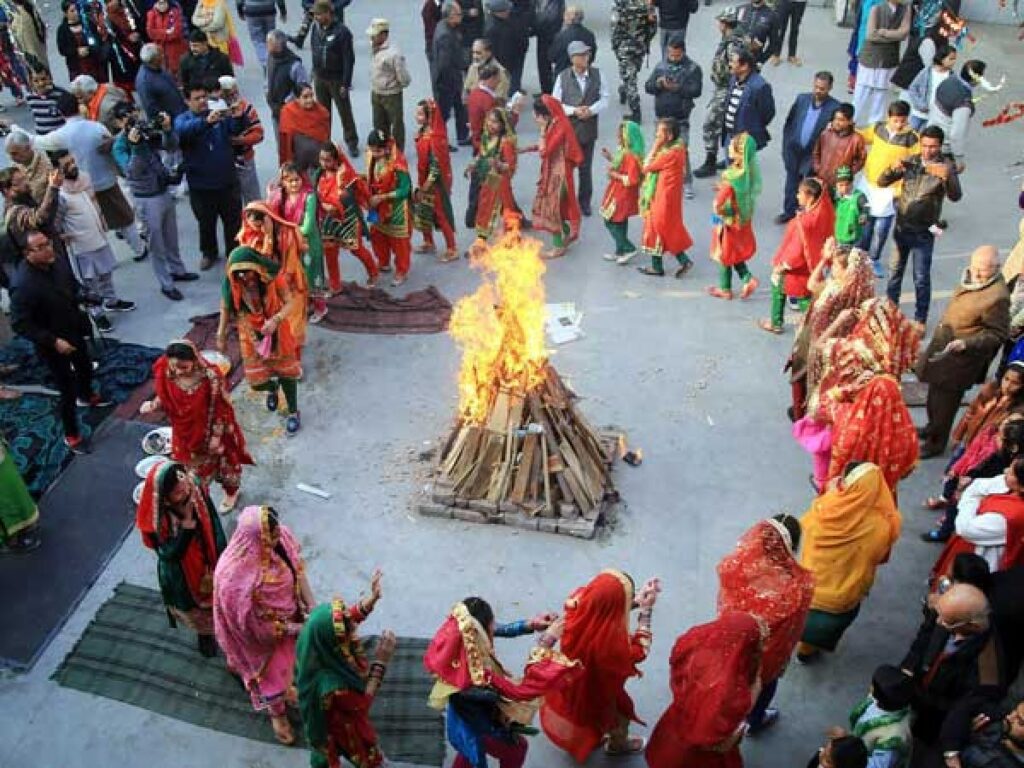
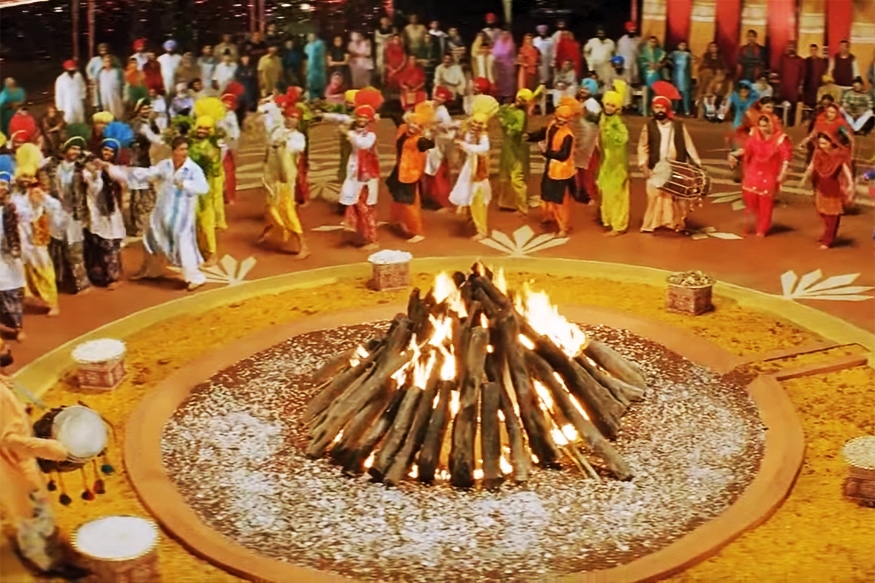
Facts
- Varied Geography: India is geographically diverse, with the Himalayan mountain range in the north, the Thar Desert in the west, and the Sundarbans Delta in the east. It also has a vast coastline along the Arabian Sea and the Bay of Bengal.
- Second Most Populous Country: India is the second-most populous country in the world, with over 1.3 billion people.
- World’s Largest Democracy: India is the world’s largest democracy, with a parliamentary system of government. The President of India is the head of state, and the Prime Minister is the head of government.
- Incredible Cuisine: Indian cuisine earns recognition for crafting diverse and flavorful dishes. Each region has its own specialties, and the use of spices is a hallmark of Indian cooking. Popular dishes include biryani, curry, dosa, and samosa.
- Bollywood: India is home to Bollywood, the largest film industry in the world in terms of the number of films produced.Bollywood movies feature colorful musical numbers and dramatic storytelling, earning them renown.
- Cultural Diversity: Incredibly diverse culturally, India is home to over 2,000 distinct ethnic groups and more than 1,600 spoken languages. The official languages include Hindi and English, with 21 languages officially recognized.
- Taj Mahal: One of the Seven Wonders of the World, the Taj Mahal in Agra is a stunning white marble mausoleum built by Emperor Shah Jahan in memory of his wife Mumtaz Mahal.
- Ayurveda: India is the birthplace of Ayurveda, one of the world’s oldest holistic healing systems. Ayurveda emphasizes a balance between the mind, body, and spirit, contributing to overall well-being.
- Zero and Decimal System: The concept of zero as a number and the decimal system originated in India. Indian mathematician Aryabhata introduced the concept of zero in the 5th century.
- Unity in Diversity: India’s national emblem, an adaptation of the Lion Capital of Ashoka, features four lions standing back to back. This symbolizes power, courage, and confidence, and it reflects the idea of unity in diversity.
- Wildlife Diversity: India is home to a diverse range of wildlife, including Bengal tigers, Asian elephants, Indian rhinoceroses, and various species of deer and monkeys. Several organizations actively conserve these species in dedicated national parks and wildlife sanctuaries.
- Kumbh Mela: The Kumbh Mela is a major Hindu festival and the world’s largest gathering of people. It occurs every 12 years, attracting millions of pilgrims who come to bathe in the sacred rivers.
All Service-Learning Articles by Month
- November 2023 (11)
- October 2023 (9)
- September 2023 (5)
